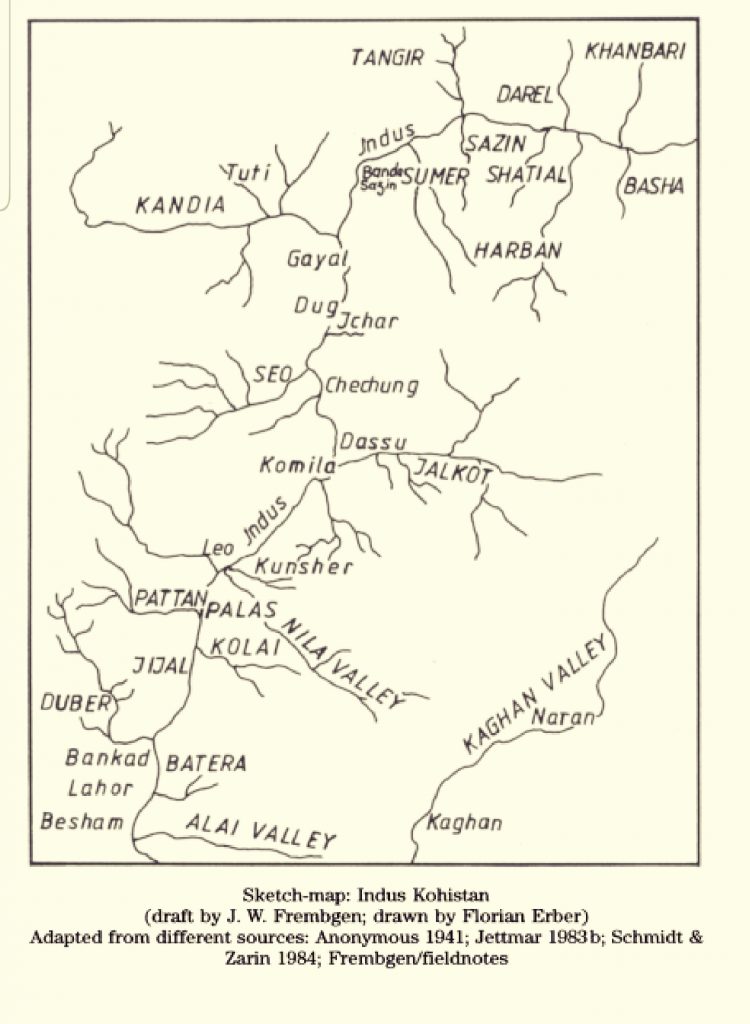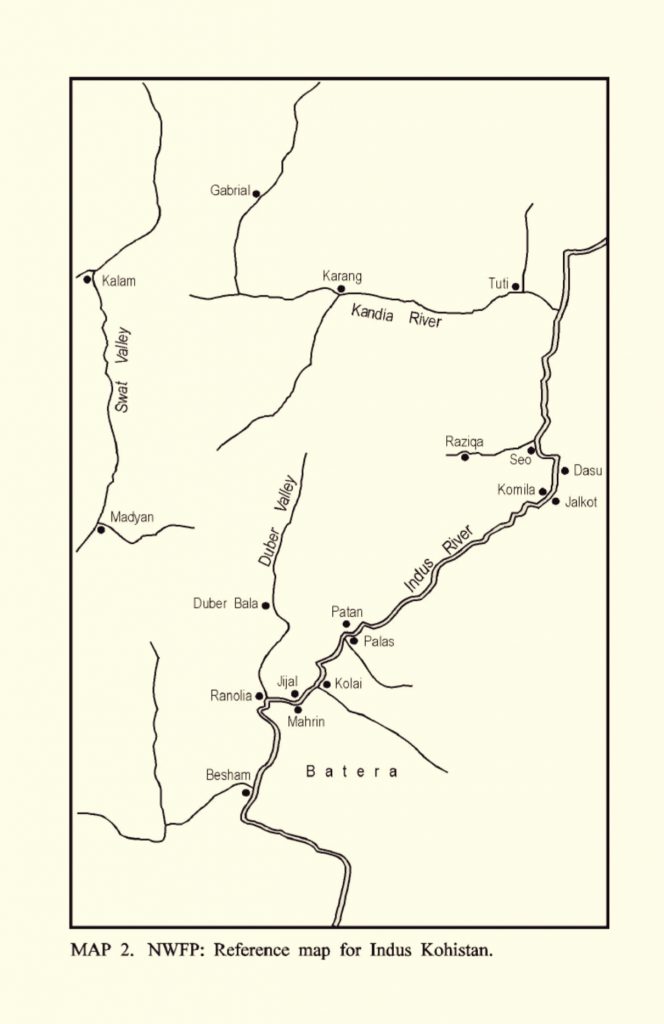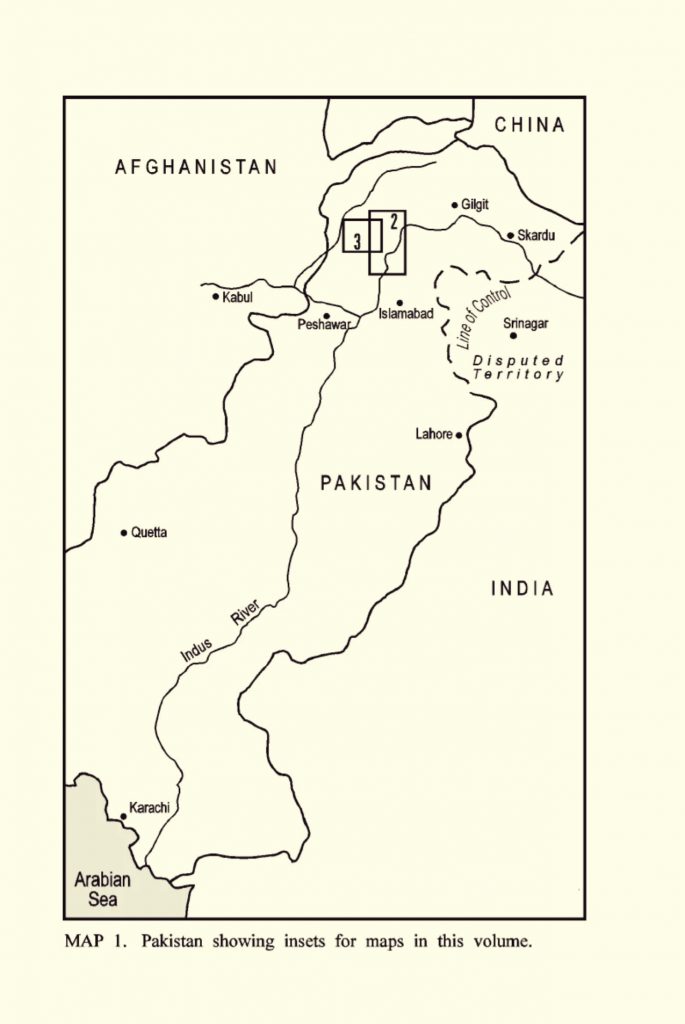Researched and composed by: Rashid Ahmed Gabbaro- a freelance writer.
Shina People:
The Shina People belongs to a Cognate Race of Indo-Aryans. They speak an Indo-Aryan Dardic language, called Shina, which has varied moribund dialects of lexical similarity. In Pakistan, the Shina people are originally inhibiting in Shinkari (شین کڑی) [not to be confused with Shinkiari-شینکیاری which is a Union Council of Mansehra-District in the Khyber-Pakhtunkhwa province of Pakistan] comprising of the Hinterland of i). Danģaristan(ڈنگرستان) entire District Diamer and; ii)…Dardistan(داردستان) the eastern Indus River part below Bhasha downstream to Batera- Koli) and Bilaweristan(بلاورستان) comprising of Districts Gilgit, Ghizer, Astore, Baltistan Divisin and Kishen Ganga valley of AJ&K. Many Shina people have also migrated to Karachi, Islamabad and other Urban parts of down country of Pakistan for employment, carrying out business, education purposes, and some of them have permanently settled in these cities. In India, the Shina people are found in Gurais, as well as in Dah Hanu and beyond the city of Leh.
Shina People is comprising of following tribes:
- Gabaré,
- Chillisé,
- Dharmé,
- Khoké,
- Manaké and,
- Baterwaliké
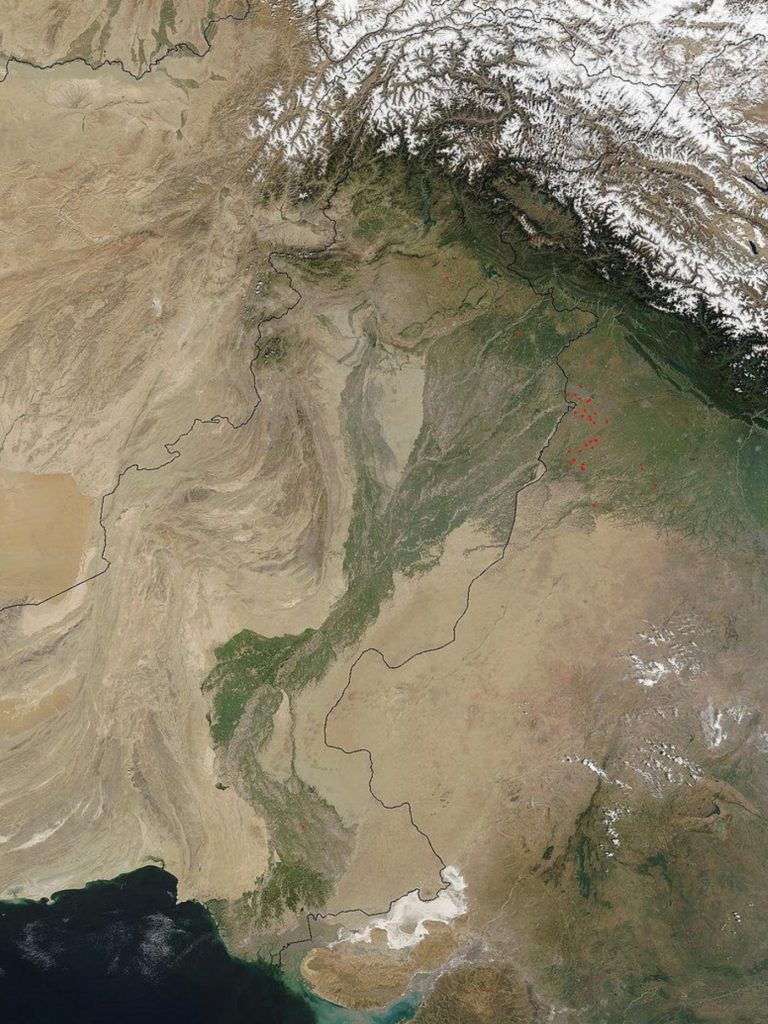
Brief History: Some fanatic muslim Shina people display themselves as Qureshi and declare their genealogy with Arabs. It might be a result of the sentimental religious affiliations with Islam while, the history and recent researchers are unable to find any clue that help to solve the puzzle. Dr. Habib Gul in his research negates the notion and relates that, “a claim to Arab decent of Qureshi is however, very common among many clans of tribes of Shina People of the inhabitants of Kohistan, but the narrative have no real foundation”.
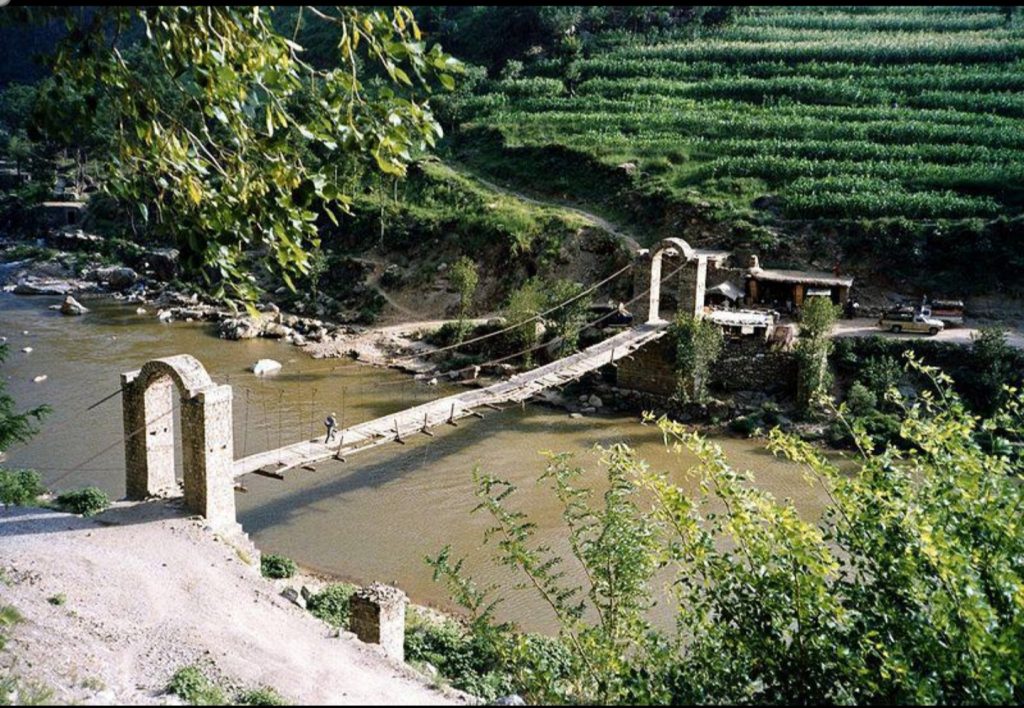
In Ancient Era the renowned Drawar civilization lived in the northern hinterland of Indus range who had a great war in Danģaristan– ڈنگرستان around 1500-BC. Consequently the contiguity of this country separated from Central Asia, Western China and Tibet regions. The historians are unanimously agreed that Shina People belong to Indo-Aryan race and in ancient ages their ancestors were the original inhabitants of Great Steeplands of Eurasia w.e.f 3210-BC to 2500-BC.
The top archaeologist of modern era Mr. Karl Jettmar finds evidences from ancient civilisation remnants of Shinkari ( شین کڑی) and proves that Shins are migrants and belong to Indo-Aryan race. He describes his views and comments according to Shin’s religion, folk practices and inscriptions carved on rocks and stones along the Silk route of Shinkari (شین کڑی). His studies reveals that Shins migrated to this region before 1500 B.C. Mr. Yahya Amjad writes in his book “Tareekh-Pakistan (Qadeem Daur), First Edition, that ,”It is unanimously acknowledged that the native land of Indo-Aryan Race were Khwarzam. These people had entered Pakistan after about 1000 years long habitation in Madhia, a lush green Country of North Western Frontiers of Iran. Khwarzam region is now called Central Asian Republics”.
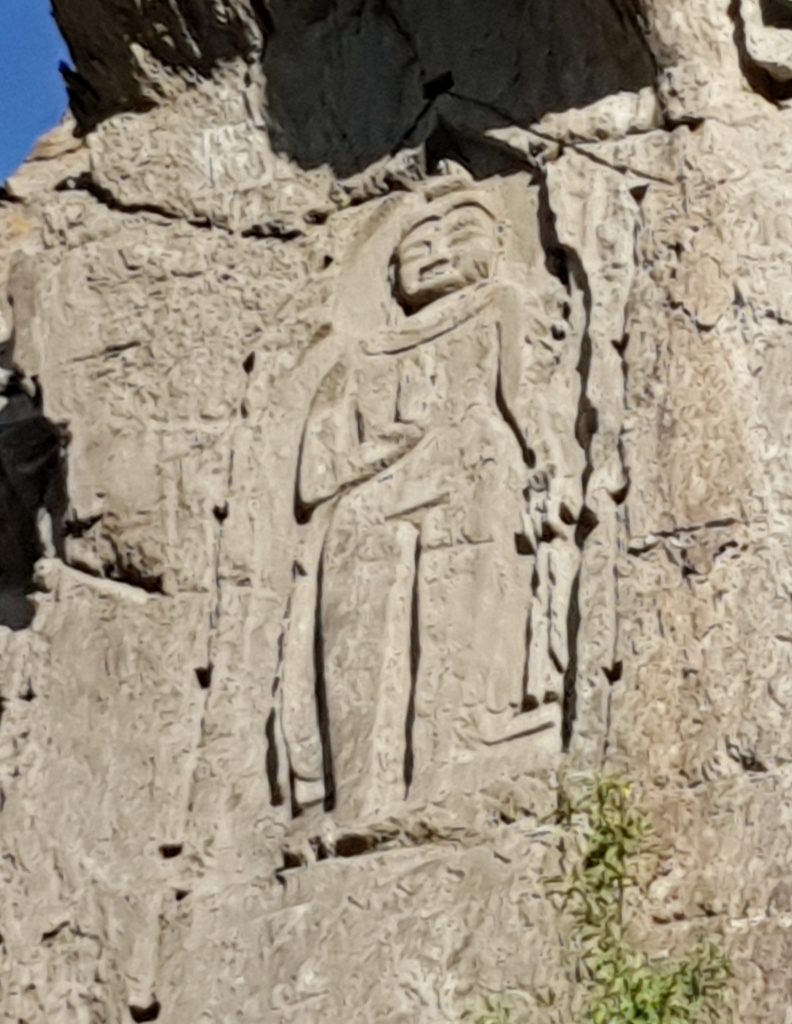
Many linguistic, sceintific researches of mtDNA and human feature traces discover that some other races have been migrating to the Himalayan, Karakoram and Hindu kush ranges of Northern Pakistan in different times. Those are the Tibetans (Tartars), Parthians, Chinese, Tooranis Sethian, Salka and the white Huns but, their genealogical inheritance is hard to be traced. The Shins are in minority in the districts of Nagar, Ghizer (Yasin, Ishkoman) and Chitral. Which authenticate the strong pages of history and true tradition further that, the Shina people once inhabited in the area upward from Darband of Indus Kohistan ( i.e…… i). Mardan – Palusa range ruled by Dharmé tribe; ii). Bunyer-Chail Valley of Doma range ruled by Chillis tribe; iii). Pakhli & Siran valley ruled by Manakè & Khoké tribe and; iv). Alai & Southern Shinkari of Indus Kohistan ruled by Gabaré tribe).
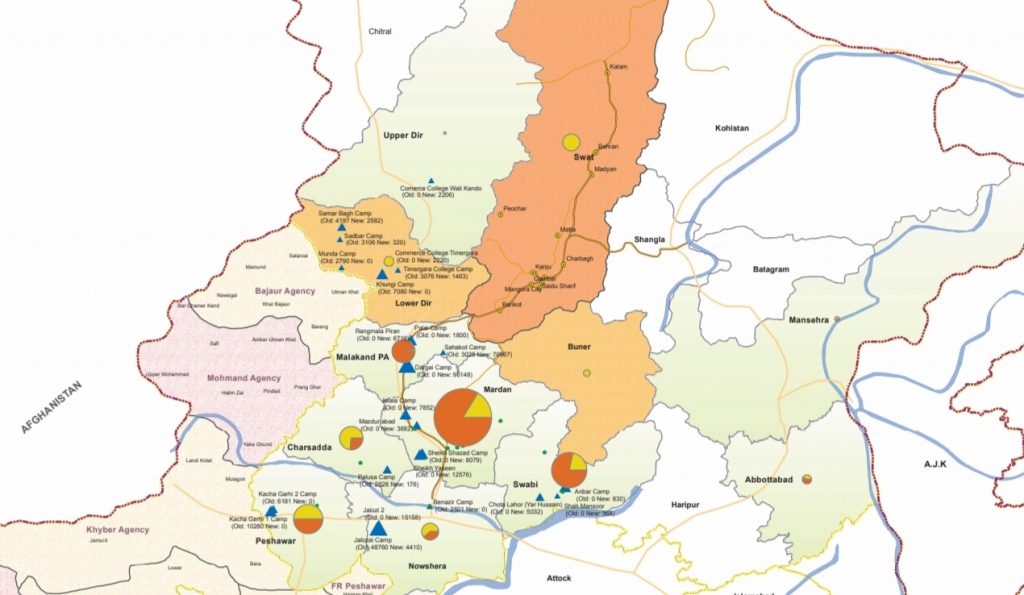
In ancient era of around 1500-BC or in the early regime of Gandhara Kingdom, three of the above ruling tribes of Khukè, Manakè and Dharmè faced defeats in the battles against massive external invaders. Being further tormented, they compelled to stake their all on battle and preferred to shift permanently at their already established summer capitals Jalkot, Koli and Palus respectively. Following the footsteps of their progenitors they unified under the title of Shin tribe, restructured their forces and invaded collectively further to the North and conquered Danģaristan and Balawèristan. According to the assessment of writer and Shina traditions the Shina People inhibiting in Gilgit-Baltistan, Laddakh and in Kashmir are the offshoot of the above three ruling tribes. Their prestige language is Gilgiti Shina and Capital of throne was Gilgit where they ruled for centuries upto 11th century of AD.
Before Islam, the ruling tribe of Chilissé have established princely territory in Boneyr about 1500-BC and emigrated to Indus Kohistan in 11th century AD after invasion of Muslim Mujahideens during the regime of Sultan Mahmud of Ghazni. They were initially forced to become Mussalmans. Being further persecuted, they resolved to stake their all on this battle, after which, if defeated, they would consent to embrace the religion of Islam. They were defeated, Doma Rá was Killed, but the members and kinship of his ruling family, clinging to their old faith, escaped to Koli, Indus Kohistan. That did not, however, save them from being forced later to become Muslims, but they no longer form a separate community. They are treated with much respect by their cognate tribe, and occupy, as a rule the best land in Koli tract. A few of them are inhabited in Jalkot and in Palus Valley also. They speak a dialect known as “Chilliso” founded on Sanscrit with a considerable ratio of lexical similarity with Shina. The Chilliso dialect is now categorized as moribund. According to linguistic researches and set traditions, the Kohistié people known as Mairs by Pashtuns and Maiyons themselves living in Doobyer and Kandia Valleys along the western bank of Indus River are basically an offshoot of Chilissè tribe.
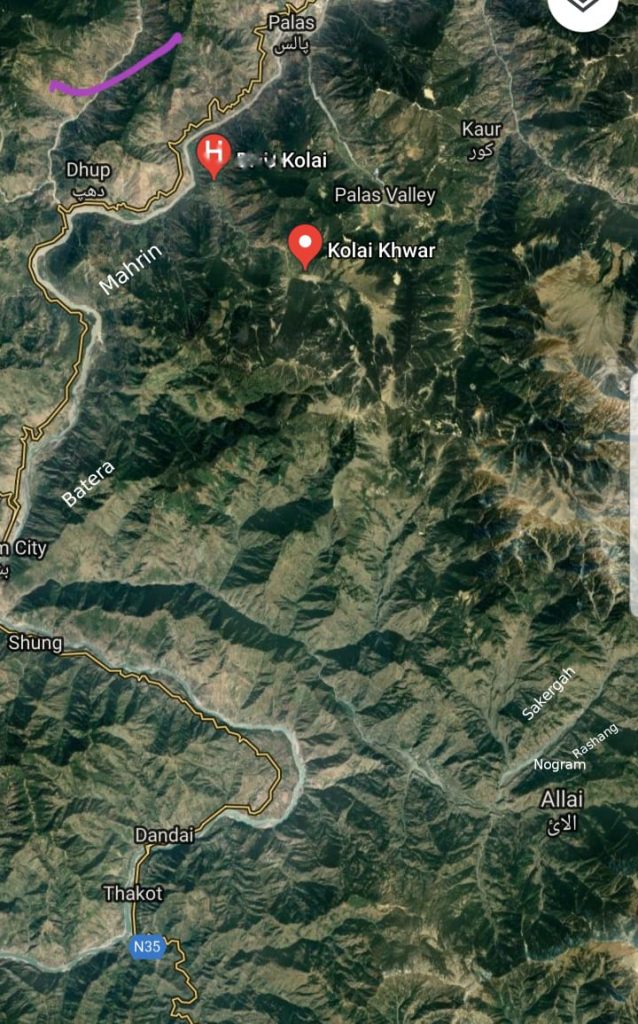
Gabarè are the only ruling tribe having history of longest inhabitation in Koli Tract since ancient era of around 1500-BC. Their territory was scattered upto Alai with capital in Nogram, the oldest town of Rashang valley. They ruled the most Northern territory among the other four cognate tribes of Shins. Their territory was comprising the hinterland from eastern bank of River Indus of Mahrin-Koli to Rashang Valley including Alai tract. During the regime of Mughal empire, the Afghan Pashtuns invaded their capital Nogram of Rashang valley located across Sakergah. According to Islamic law, they were initially invited to become Muslims. Declining the invitation or offer to become Mussalman, they accepted challenge to stake their all on the battles over and over. Consequently, they faced defeat, but the ruling family known as Novakhels of Gabarè tribe, clinging to their old religion deserted the capital of Nogram and escaped to their already owned principal village of Mahrin in Koli. As a result of the defeat in this battle the Two-Third land of Gabarè tribe’s territory annexed by the Pashtun Muslims. Like Chillisè this escape adventure too neither save them from being forced to become Muhammadans, nor they could form a separate community, since the neighbouring people of cognate tribes & clans had already embraced Islam. They speak their own dialect “Gowarò” which is founded on Sanscrit and has a maximum ratio of lexical similarity with Shina. Gowarò dialect is now moribund. The writer, according to the linguistic researches and prevailing traditions, firmly conclude that the Kohistiè people (Mairs or Maiyons) living across the Indus River in the valleys of Pattan, Doobyre and Seo are basically an offshoot of Gabarè Tribe.
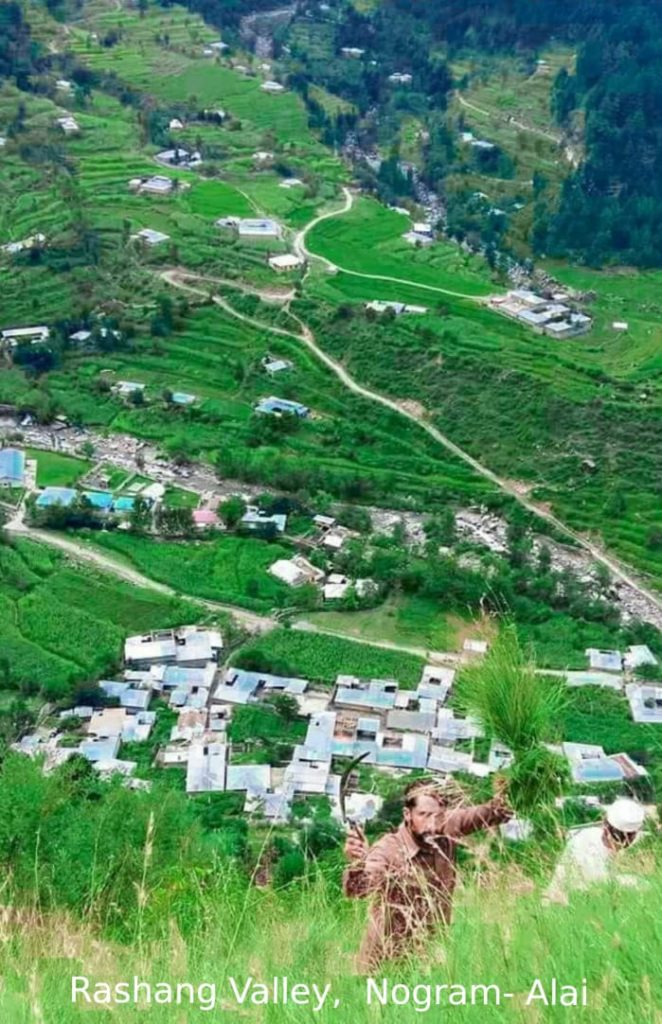
Baterwaliké is a small tribe inhibiting a sizeable valley of Batera, since ancient era, on eastern bank of Indus River and Alia Nullah Confluence above Ghorband. They consist of a little population and speak their own dialect peculiar to their village known as Bateri founded on Sanscrit which has a lot of lexical similarity to Maiya or Shuthun language spoken by the inhabitants of western side of Indus River of district Kohistan known as Mairs by Pushtun but Maiyon or Kohistiè themselves. Given the circumstances at present, it would appear that Bateri is a vital language. All expressed attitudes towards it were positive and current language use patterns suggest that it is not in danger of being dispensed within the near future. One must wonder, however, what will actually happen as access to the area improves and if pressure from other language groups increases. According to linguistic researches and traditions it may be concluded that, the people living across Indus River, the Kohistiè inhabitants of Bunkad valley are an offshoot of Baterwaliké tribe.
Genetic Origin: The highest frequency of western mtDNA haplogroups in Shins samples indicates their West Eurasian ancestral origin. However, the limited presence of South Asian haplogroups reveal minor genetic admixture of Shins with surrounding South Asian groups. The West Eurasian haplogroups were most commonly observed in Shins samples with a total frequency of 89%. These include the H14a (11.1%), T1a (11.1%), H2a (22.2%), T2 (11.1%), U7 (11.1%), U5b (11.1%) and HV2 (11.1%) haplogroups. Besides, the West Eurasian, a M54 haplogroup of South Asian origin (Maji et al. 2009; Chandrasekar et al. 2009) was also detected at 11.1% frequency in Shina people samples.
Religion of Shina People: The Shina people originally practiced Historical Vedic religion, as well as Buddhism. As such, the Shins were referred to by their neighbours as “Cow People” or ” Danģariks”. This is because for the pre-Islamic Shins cow was described as esteemed unclean and contaminated. They would neither eat beef, drink cow’s milk nor touch any vessel containing it. In Gilgit and Indus Kohistan, the Shins formerly practiced satti, which ceased before 1740 AD. In 1877 AD, the region, marked as the last year that Shina men underwent cremation rites. Many clans of the Shina people converted to Islam in the 19th century and this faith is now observed by all over the ethnic groups.
Shina Names: Of the Shina People names a great number have the suffix of Sing, which is retained in spite of the conversion of the people to Islam. These names are never found among the purely Boorish population of Hunza and Nager, but it is to be noted that the Suffix Sing is found among the earlier Makpon Kings of Skardu. The suffix is the local version of the Hindu Surname Singh which comes from the Sanskrit word Simha meaning Lion. It is generally used by the Kashrthya ruling class.
Male Shina names;
| Moosing | Hubba Sing | Ram Sing |
|---|---|---|
| Kummosing | Gissing | Poonyar Sing |
| MelSing | Chumar Sing | Singoo |
| Dem Sing | Boonyal Sing | Dingoo |
| Boomersing, Hinnasing | Gelsing |
“Reference: Tribes of the Hindoo Koosh John Biddulph Sang e meel Publications Page 99“
Female Shina Names;
| Sheli Bai | Sookoomull | Rozi Bai | |
|---|---|---|---|
| Shubibi | Bibi | Shermull | |
| Shoosha Bai | Harzu | Doodi | Soti Poti |
Ancient Festivals of Shin Caste: The Shina festival of Chili marks the commencement of wheat sowing, as with other celebrations in the Indian subcontinent, including Lohri and Makar Sakranti. Chilli also formerly had a connection with the worship of the cedar. Cedar worship is prevalent among the historical Hindu communities of Himalayas, from the Hindu Kush region to Himachal and Uttarakhand. It is known as Deodar, which is derived from the Sanskrit word Devadaru, which means “wood of the gods” and is a compound of the words deva (god) and dāru (wood, etym. tree). The Cedar is also sacred in Kafiristan.
References:
1. Crane, Robert I. (1956). Area Handbook on Jammu and Kashmir State. University of Chicago for the Human Relations Area Files. p. 179. Shina is the most eastern of these languages and in some of its dialects such as the Brokpa of Dah and Hanu and the dialect of Dras, it impinges upon the area of the Sino-Tibetan language family and has been affected by Tibetan with an overlay of words and idioms.
2. A glossary of the tribes and castes of the Punjab and North-West provinces, compiled by H.A. Rose, vol III Page 405.
3. Prakāśaṃ, Vennelakaṇṭi (2008). Encyclopaedia of the Linguistic Sciences: Issues and Theories. Allied Publishers. p. 143. ISBN 9788184242799. Shina (described as spoken in many dialects in Gilgit, Chilas, Kohistan etc., as far south as Gurez in Kashmir, and Dah Hanu in Baltistan, even beyond Leh.
4. Col. John Biddulph (1880). Tribes of the Hindoo Koosh. Published-Calcutta: Office of the Superintendent of Government Printing. pp. 39, 115. In Nager there is a caste called Shoto, which exists nowhere else; they work in leather, and rank below the Doms, who take daughters from Dom without giving in return … like the Shins they have come from the south to settle in these valleys. The names of many of the rules and of a number of places, not only in the Indus valley of Kohistan and Gilgit Baltistan region, but also in the Chitral Valley, point to a Brahminical origin. Amongst the names of places may be mentioned Seo (Siva, orMahadeo), Shogram (Siva’s village), Shogoor (Siva’s priest), and Swami … some form of Brahminism was introduced by the Shins into the Gilgit Valley, and, to a greater or less degree, wherever their rule extended. In valleys in which they were outnumbered by the former inhabitants, the result was, doubtless, a mixture of Buddhism and Hindooism, grafted on a form of demon-worship existing in the country.
5. O’Leary, Clare F.; Rensch, Calvin Ross; Decker, Sandra J. (1992). Sociolinguistic Survey of Northern Pakistan: Languages of Chitral. National Institute of Pakistan Studies at Quaid-i-Azam University. Phalura had previously been Hindus like the Shin. He referred to the area around Chilas, south of Gilgit, as “Dangaristan” and discussed how the term Dangarik has been applied to the Shina-speaking people.
6. Hastings, James; Selbie, John Alexander (1917). Encyclopaedia of Religion and Ethics: Mundas-Phrygians. C. Scribner’s Sons. p. 606. But the Shins have the characteristic Hindu aversion to eating the flesh of milk (or even ghī ( butter) made from the milk) of the cow, and eschew fowls and fish. The former language of the people was Sanskrit, and the dialect now in use is called Shina. The basic element in the people is thus probably Indo-Aryan, and their festivals preserve many traces of Hindu beliefs.
7. Hattaway, Paul (2004). Peoples of the Buddhist World. William Carey Library. p. 46. ISBN 9780878083619.
8. Morgenstierne, Georg (1941). Notes on Phalūṛa: an unknown Dardic language of Chitral. J. Dybwad. p. 8.
9. A Glossary of the Tribes and Castes of the Punjab and North-West Frontier Province: L.-Z. Atlantic Publishers & Dist. 1997. ISBN 978-81-85297-70-5.
10. Col. John Biddulph (1880). Tribes of the Hindoo Koosh. Calcutta: Office of the Superintendent of Government Printing. page- 114. Women’s urns are readily distinguished by a number of wooden spindle whorls, mixed with the bones. … in Gilgit, Gor, Hunza, and Nager, that suttee was formerly practiced. The dead man, with his finest clothese and his weapons girded on him was placed on the pyre, and as the fire burnt up, the woman arrayed in her jewellery and her richest clothes, leaped into the flames. The burning of the dead ceased to be practised more than sixty years ago. … in 1877, a very old man in Darel scandalised his neighbors by calling his sons to him on his death bed, and after having his arms and valuables brought to him, desiring to be burnt with them when dead … He and a man of Gor, who died twenty years ago, are known to have always refused to be circumcized, or to call themselves Muhammadans. They were probably the very last Hindus in Dangaristan.
11. Schmidt, Ruth Laila; Kohistani, Razwal (2008). A Grammar of the Shina Language of Indus Kohistan. Otto Harrassowitz Verlag. p. 11. ISBN 9783447056762. The Açar’îta themselves told Strand that they have been living in Ashret for “for these approximately eight of nine hundred years as the Shina tribe… We are still making our lives in this homeland, and our language is Shina. We are one people from Chilas; originally, we are from Chilas.” … Biddulph mentions that many Muslims Shins had the surname “Sing”. It is also a Rajput name, and the earlier form siṃha is a frequent element in the colophons of the Gilgit Manuscripts (dateable to probably not later than the 9th century C.E.). Bota/bôTâ appears to be a cognate clan with Bóṭi. The conversion to Islam among the Açar’îta appears to have taken place, according to Strand, between 1820-1840 C.E.
12. Mumtaz, Mah Noor; Ihsan, Haleema; Aziz, Shahid; Hizbullah; Afridi, Sahib Gul; Shams, Sulaiman; Khan, Asifullah (2019). “The genetic composition of Shina population from Gilgit-Baltistan, Pakistan based on mtDNA analyses”. Mitochondrial DNA Part B. 4 (2): 3802–3808. doi:10.1080/23802359.2019.1682474.
13. Tribes of the Hindoo Koosh John Biddulph Sang e meel Publications Page 99. In page 8, he relates that “Shinkari is an area in Kohistan of the Indus Valley in the Hindu Kush mountains of Pakistan.The Kohistan of the Indus Valley, which is also called Shinkari, “the country of the Shins “by the people themselves is inhabited by what are apparently the remains of a number of tribes of cognate race, whose progenitors once inhabited the valleys skirting the Punjab, and possibly extended to the north and north west have been hitherto confounded under the name of Dards -a name which practically, has no real signification.
13. The making of a frontier Five years’ experiences and adventures in Gilgit By Algernon George Arnold Durand Page 209 & 210.
14. Col. John biddluph- Tribes of Hindookush- Calcutta: Reveals that “There is no modern race called Dards, and no country so named by its inhabitants, but the inhabitants of the right bank of the Indus, from the Kandia Seo, Puttan, Doobyer to Bankad, apply it to the dwellers on the left bank of Koli, Palas and Jalkot tracts.
15. WIKIPEDIA , Dani, Ahmad Hasan (1989). History of Northern Areas of Pakistan. National Institute of Historical and Cultural Research. Retrieved 21 November 2019. According to Gerard Fussman, the word Dard is only used in the field of linguistics, not as a country or ethnicity.[

